Do I need a new roof?
What roof damage looks like and how to determine if you need a roof repair or replacement.
Roof damage comes in all forms
If your roof isn’t very old and you spot a few loose or damaged shingles, you may be able to just replace them.
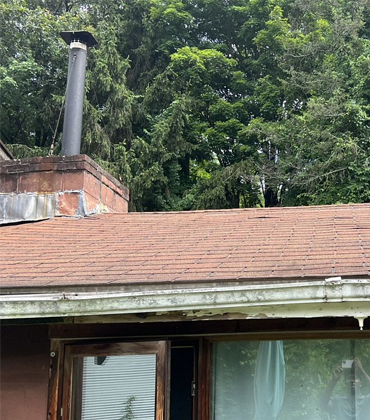
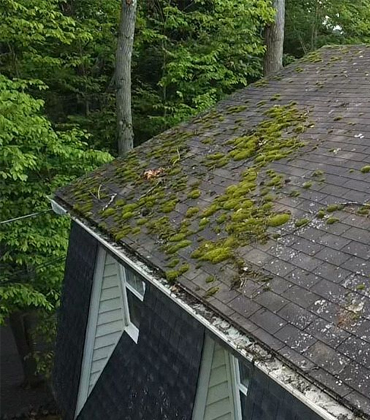
Repair or replace?
If you notice that your shingles are curling, bent, or missing, you may need a roof replacement. The key is a regular roof inspection, so you know what’s going on up there.
Read through our guide below to know what to look for.
KNOW WHAT TO LOOK FOR
What Roof Damage Looks Like

Attic Leaks
Check your attic after severe weather. A leak could mean some shingles are damaged, the underlayment — a protective barrier between your shingles and the plywood of your roof — has failed, or flashing — the material that seals joints on your roof — has deteriorated.
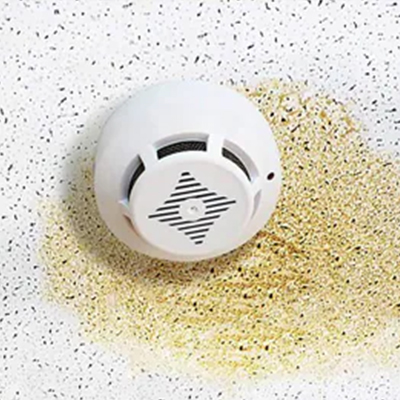
Ceiling and Wall Stains
Whether you have leaks from outside the house or moisture trapped inside, it can cause stains and possibly mold or mildew.
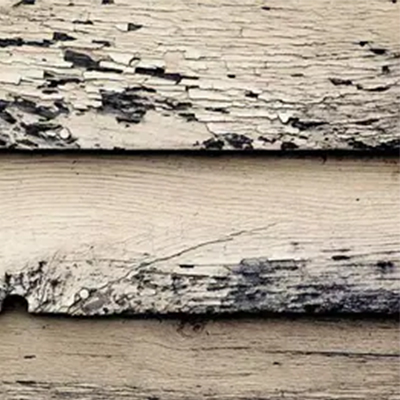
Blistering or Peeling Paint
If your house has poor ventilation this may cause moisture to get trapped, which may cause exterior paint to peel and blister.
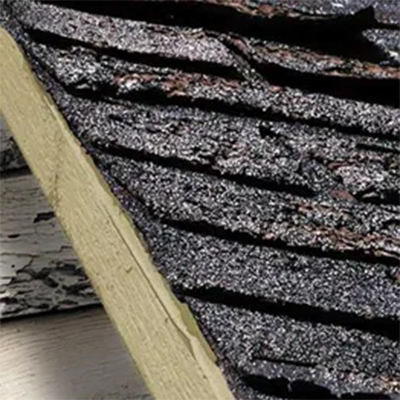
Sheathing Decay
Poor ventilation and moisture can also cause decay of sheathing, which is also called decking. Decking is the layer of plywood that forms the foundation of your roof. Your sheathing may be damaged if you notice a sagging ceiling, broken gutters, leaks or missing patches of shingles.
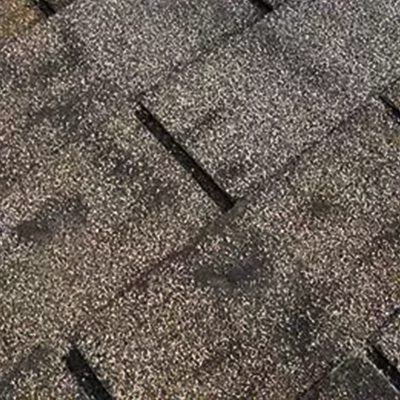
Dark Streaks
Although dark stains may look like dirt, it most likely is moss, lichen or blue-green algae. This may not require a new roof, but you will need to replace your shingles. Ask us about StainGuard® and StainGuard Plus® which are available with GAF shingles.
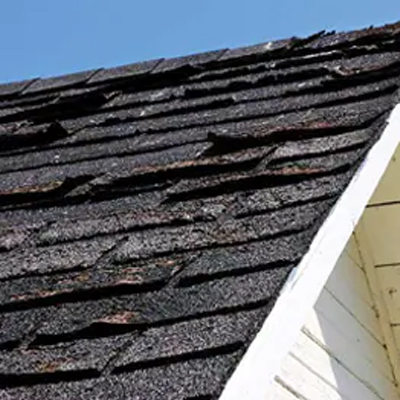
Shingle Damage
If you notice your shingles are curled, become cracked or are falling off, this means your shingles have reached the end of their lifecycle and it is time for a new roof.
Routine Roof Inspections
Now that you know what roof damage looks like, conducting routine inspections of your roof and around your home is important – especially if you live in an area that experiences extreme weather – this can help prevent exterior damage from creating costly interior problems in your home.
Here are a few things you can do:
- Take a look around your home. Check your ceilings for stains, mold, or mildew. Check your attic for signs of leaks, dark spots, or holes.
- Know how old your roof is. Check the inspection report from when you purchased your home. If you did not own the house when the roof was installed and are unsure how old the roof is, contact us for a free inspection.
- Look at the homes around you. The houses around you were likely built around the same time. If your neighbors are replacing their roofs, get your roof inspected to see if it’s time for your roof to be replaced too.
- After a significant weather event, heavy winds or a hail storm can cause severe damage. After it is safe to go outside, check the exterior of your home for any issues, like falling shingles.